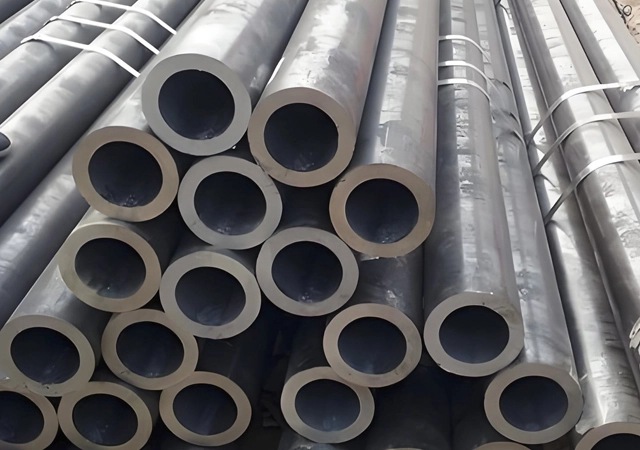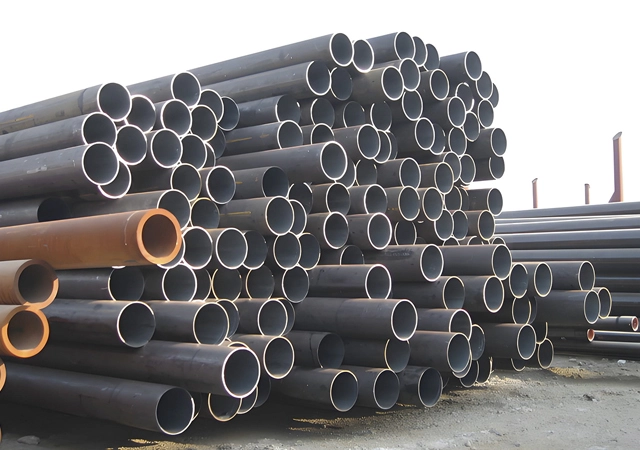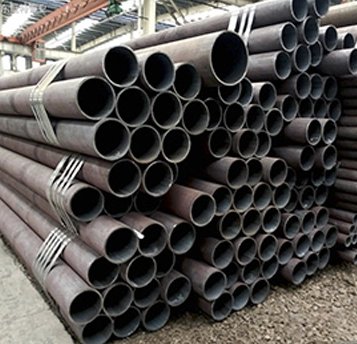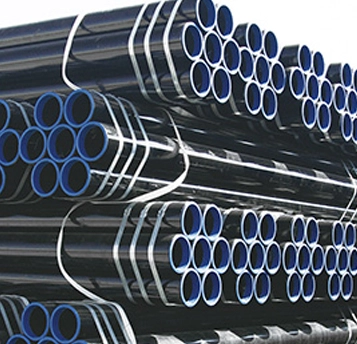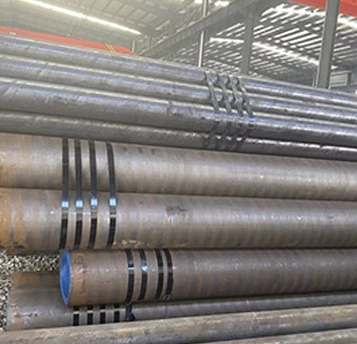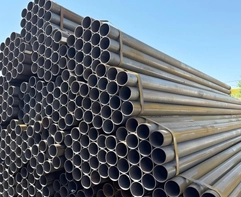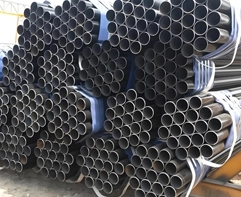A seamless low-temperature carbon steel pipe is one that has no welding seams or joints. Low-temperature Carbon Steel Pipe are formed by rolling steel plates and welding the seams together. Low-temperature Carbon Steel Pipes are produced to meet the specific needs of low-temperature service. This class of pipe is made from carbon and alloy steel. These pipes can be welded or seamless and conform to ASTM A333. ASTM A333 is widely applicable to low-temperature applications and covers several grades of ferritic steel. LTCS Pipes are commonly used for construction and maintenance applications.
Low-temperature carbon steel pipe provide excellent mechanical properties and are easy to work with. Their carbon content is between 0.05% and 0.25%, which makes them very malleable and ductile. They have low tensile strength but can be enhanced by undergoing a carburizing process. They are also easy to cold form. They have a moderate strength and toughness down to about 50 degrees Fahrenheit, which makes them well suited for refrigerant systems. The Outside Diameter (OD) is usually 3" or less. These pipes are typically delivered in bundles. They may be wrapped in polypropylene or secured with flat steel bands. A low-grade carbon steel pipe is a great choice for ductwork and other low-temperature applications.

 EN
EN
